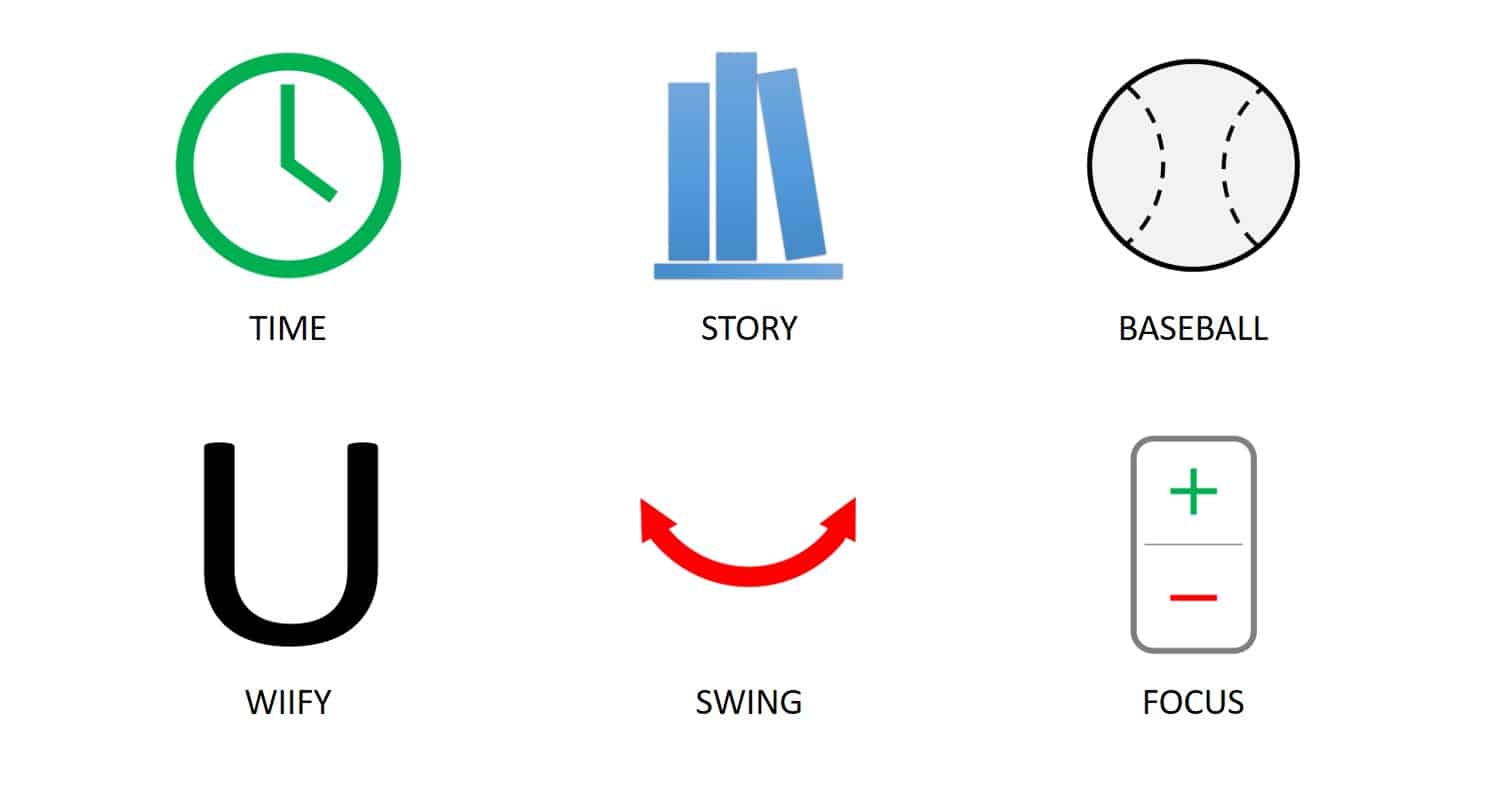Using powerful communication recipes helps you communicate like the pros and not look like a novice. These recipes work anywhere you want to persuade. Use them for presentations, emails, letters, speeches, or anywhere you want to get your point across persuasively.

Below are 3 of the 14 recipes in our popular THOUGHT-Talk System Workshop.
What Is A Recipe?
Recipes use a variety of names, such as strategies, plans, or templates.
THOUGHT-Talk uses powerful communication recipes because they use the underlying principle of structure. Since these have been tested and proven, you can comfortably rely on them to organize your intention in communicating with others. Recipes also make use of the universal principle that Limits Yield Focus. In other words, when you limit your approach to a specific recipe, your brain will naturally look for a way to organize your communication to match the recipe. In this way, even an arbitrary use of a recipe will help you organize your thoughts for the benefit of others.
A recipe is also a good analogy for your goal of communicating clarity or persuading others. You will use a recipe to guide people effectively from Point A (Hello, my name is Harry, and I want to help you…) to Point B (…save the day) with a “how to” (…by sharing with you the three uses of the wand).
So, let's borrow from the STORY Recipe to help you learn about these powerful communication recipes. We will look at the THOUGHT-Talk Recipes through the questions What? How? & When?
TIME Recipe
What?
The TIME Recipe provides a strategy for organizing what you want to communicate about how change happens. In fact, when something doesn't change, we say that “time stood still.”
Time isn't just about the past, present, and future. It is also about what happened (or will happen) in comparison. And, sometimes things get better, sometimes they stay the same, and sometimes they get worse.
You can easily describe an organization from its infancy, through young adult life, and finally, to old age. TIME is one of the best powerful communication recipes because it organizes a change that has or will happen concerning your topic.
Einstein once quipped, "The only reason for time is so that everything doesn't happen at once." Showing that your subject didn't all happen at once is the heart of the TIME Recipe.
How?
The Time Recipe is built from questions such as:
- What was before?
- What was after?
- What happened between?
or...
- Where were we?
- Where are we?
- Where are we headed?
or...
- Where do we want to be?
- Where are we?
- What steps will take us into the future?
When?
The TIME Recipe is especially valuable as it gives perspective to your readers. When you provide where we stand in a larger story, it helps calm and focus people. The TIME Recipe also gives rise to action plans. Consequently, it is a valuable Recipe for rallying people to a new future.
STORY Recipe
What?
Rudyard Kipling penned the "Six Honest Men" poem in Elephant's Child in Just So Stories.
The STORY Recipe is simply a way to distill what matters in your topic. It also is structurally the same questions everyone in your audience will want to know. This recipe is simply an answer to Who? What? When? Where? Why? and How? It is often called “5 W’s and H” or simply “5 W’s.”
How?
The process is simple and most commonly used with newspapers and news services.
Questions form the most powerful communication recipes because they use the principle of Tension Seeks Relief to produce answers. If you take a moment to think about your subject or goal in communication, then all you need to do is answer the 5 W’s and the H. From those answers, you can derive a structure for your talk.
SIX HONEST MEN
I keep six honest serving-men
(They taught me all I knew);
Their names are What and Why and When
And How and Where and Who.
I send them over land and sea,
I send them east and west;
But after they have worked for me,
I give them all a rest.
I let them rest from nine till five,
For I am busy then,
As well as breakfast, lunch, and tea,
For they are hungry men.
But different folk have different views;
I know a person small
She keeps ten million serving-men,
Who get no rest at all!
She sends em abroad on her own affairs,
From the second she opens her eyes
One million Hows, Two million Wheres,
And seven million Whys!
Finally, and very importantly, you don’t have to use all 6 points (but you certainly can if you’d like). Putting together your talk with 3 of the questions (and answers) may be all that is needed. One thing about The STORY Recipe, you can rest assured that these ARE the questions your audience has in mind, which means you are already on target.
When?
Journalists gravitated to this structure because it is an efficient way to tell the whole story. Anytime you need to relay the story to an audience, this is an excellent Recipe.
The story is essential for most situations, especially when bringing others up to speed on a project, crisis, or celebration. Use it as an overview (introduction or just a quick update), to outline details (great for websites, brochures), and for voice mail (who you are, why you are calling, and when you will be available).
BASEBALL Recipe
What?
Baseball is a sport of 3’s and 4’s. There are 4 Bases (1st, 2nd, 3rd, and Home). Three strikes, and you are out. Three outs and your team’s at-bat is over. Four Balls, and you are walked to first base. In this way, baseball becomes an easy method for powerful communication and a picture to recall what you are trying to do with the basics of the Rule of 3s and 4s.
How?
Again, remember that any topic can be explained in 3 or 4 major parts. Sometimes it is the number of items (4 bases, 3 strikes), sometimes, it is the progression (get on base, steal a base, score on a hit), and sometimes it is about the people (first, second and third baseman).
To keep it very simple, consider your Mile Markers as bases (items, reasons, elements) or players (people, their views, how different people see the topic).
When?
Anytime. The BASEBALL Recipe is an easy fallback recipe. If you can’t think of a way to apply other recipes, this one is tried and true. The BASEBALL Recipe is used for clarity, but often clarity itself can be very persuasive. When you organize your main communication idea with 3 or 4 sub-points, you instantly use the Rule of 3s & 4s and can provide Mile Markers for your audience to focus on and remember.
The BASEBALL Recipe is especially helpful in giving the impression that you have spent effort and time thinking about the subject. It also effectively moves people to an agreement with you; it presents your view as both “obvious” and “makes sense” to others.
And, Baseball has an added advantage; it is an easy picture to recall for your overall structure (CLASSIC FORM). Your talk is about making a home run, which means you’ll need to have a CAPTION and CONTRACT (get a hit), three points (progress from 1st to 3rd), and a final reCAP or conclusion (home plate).
